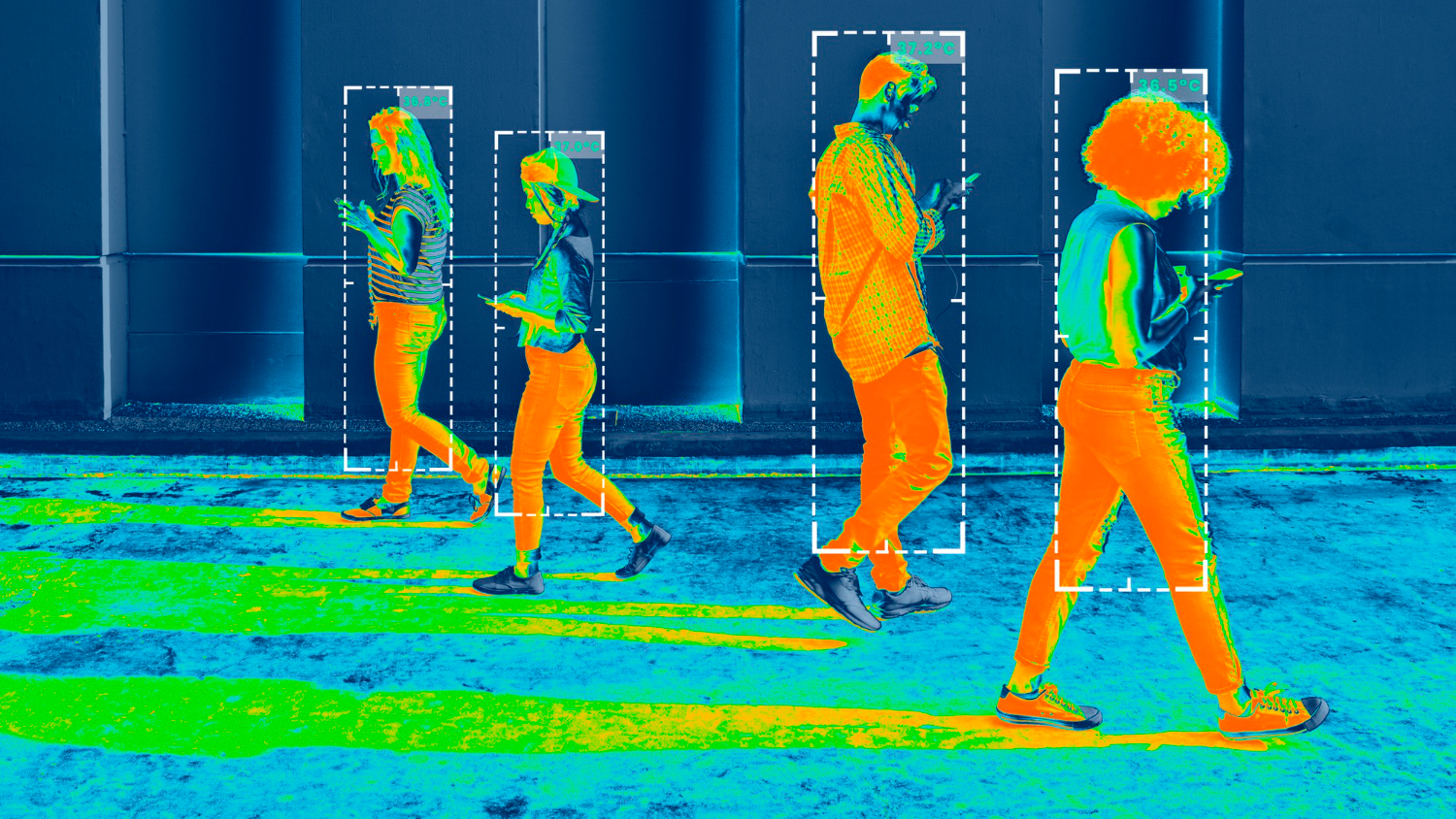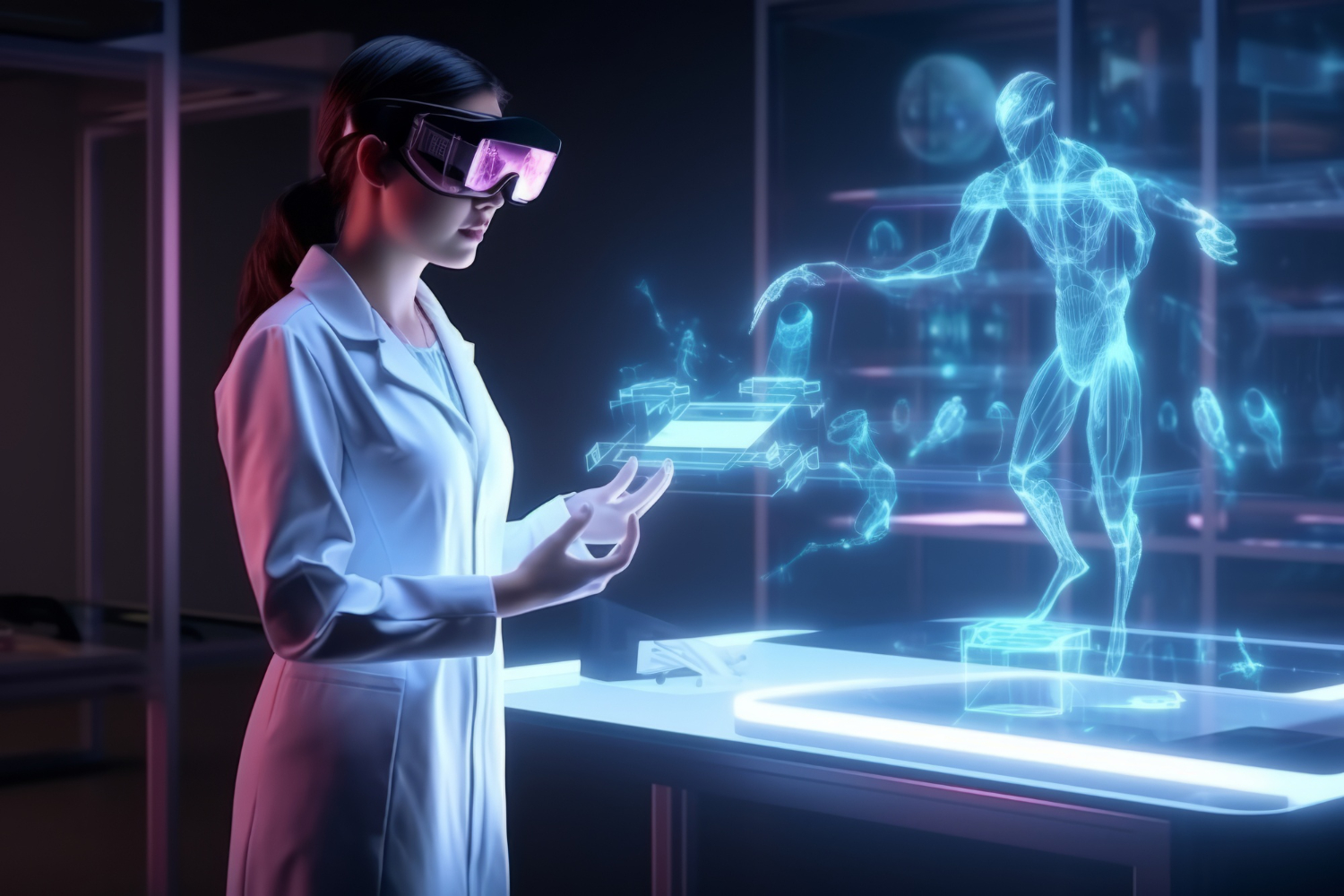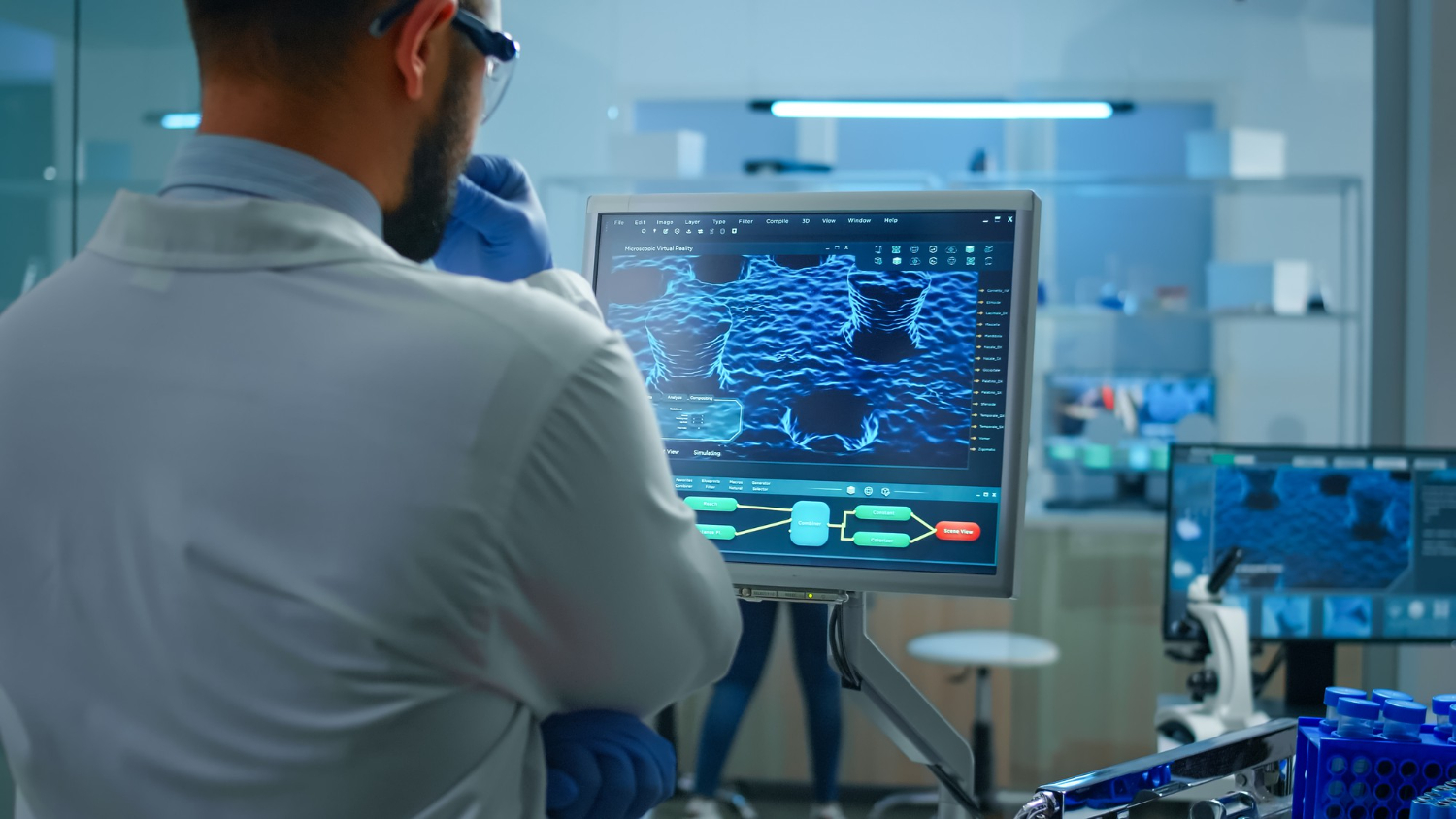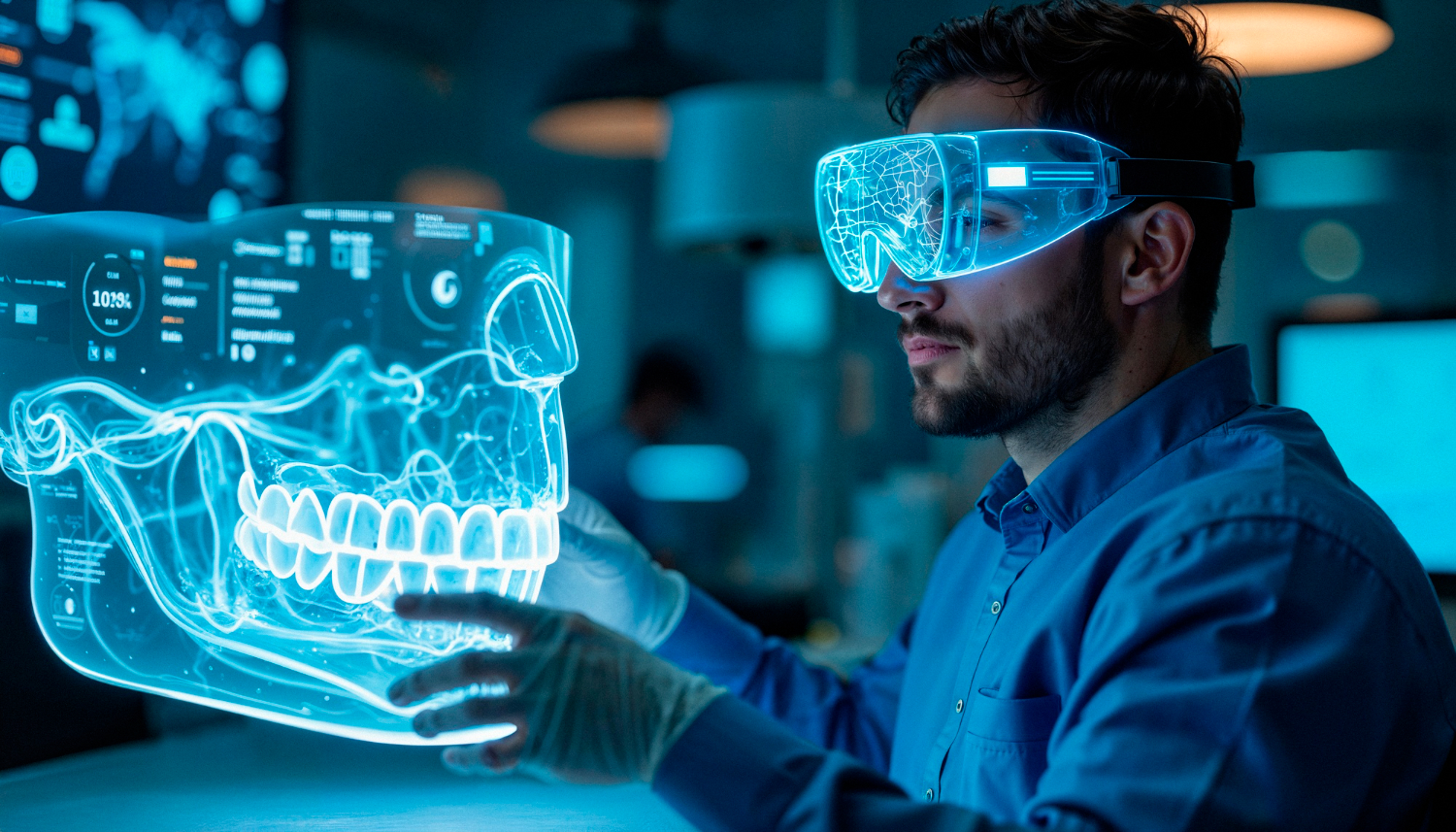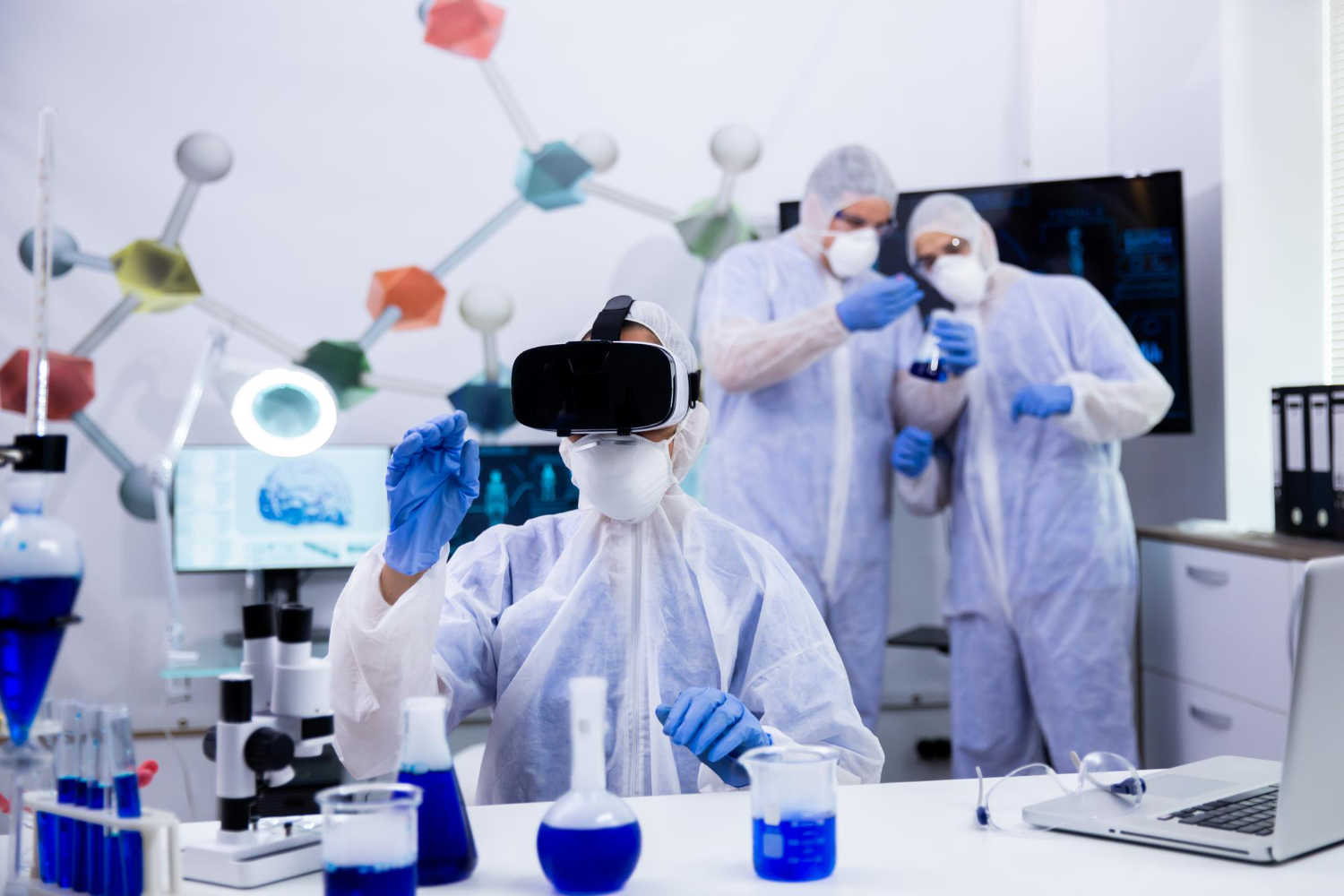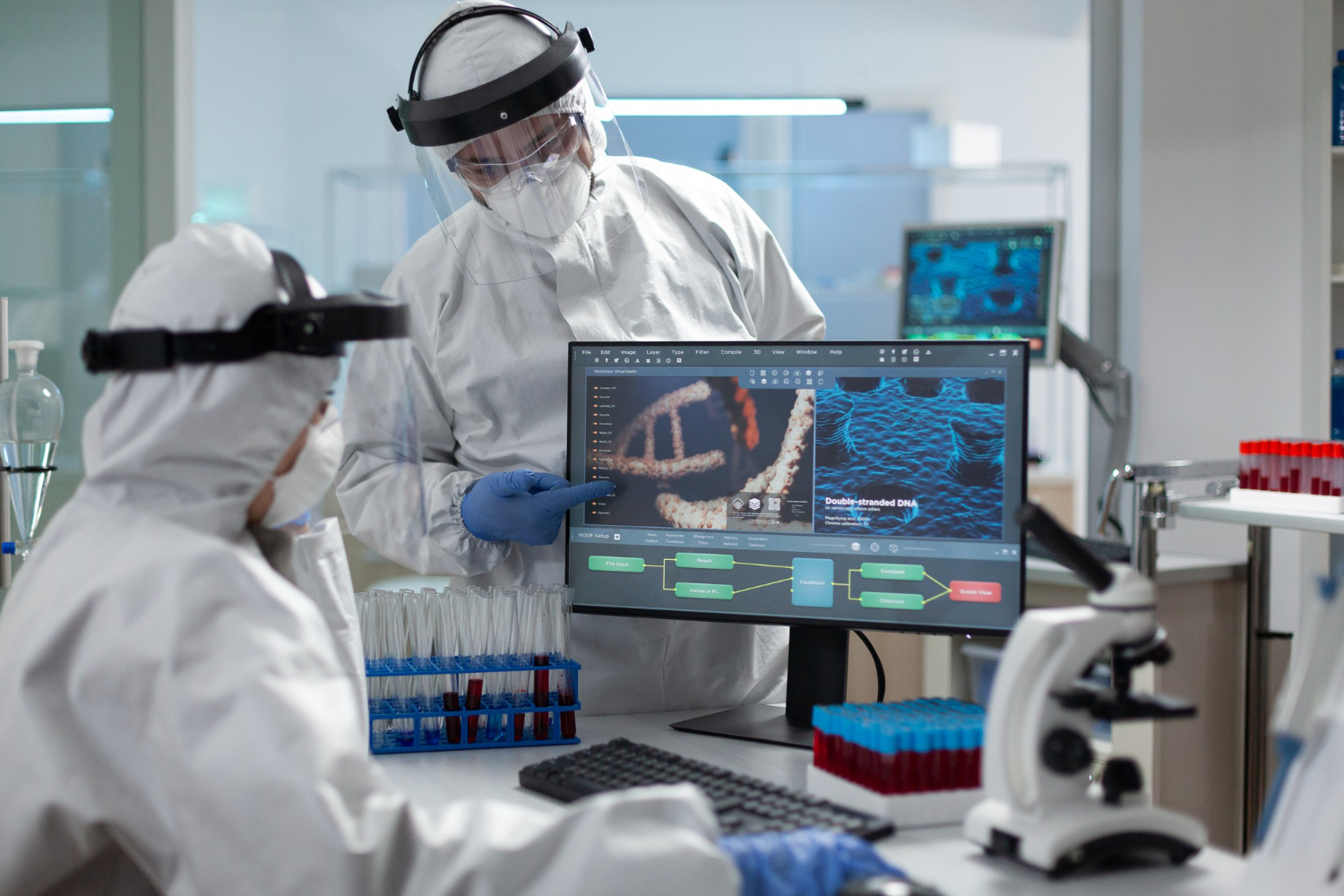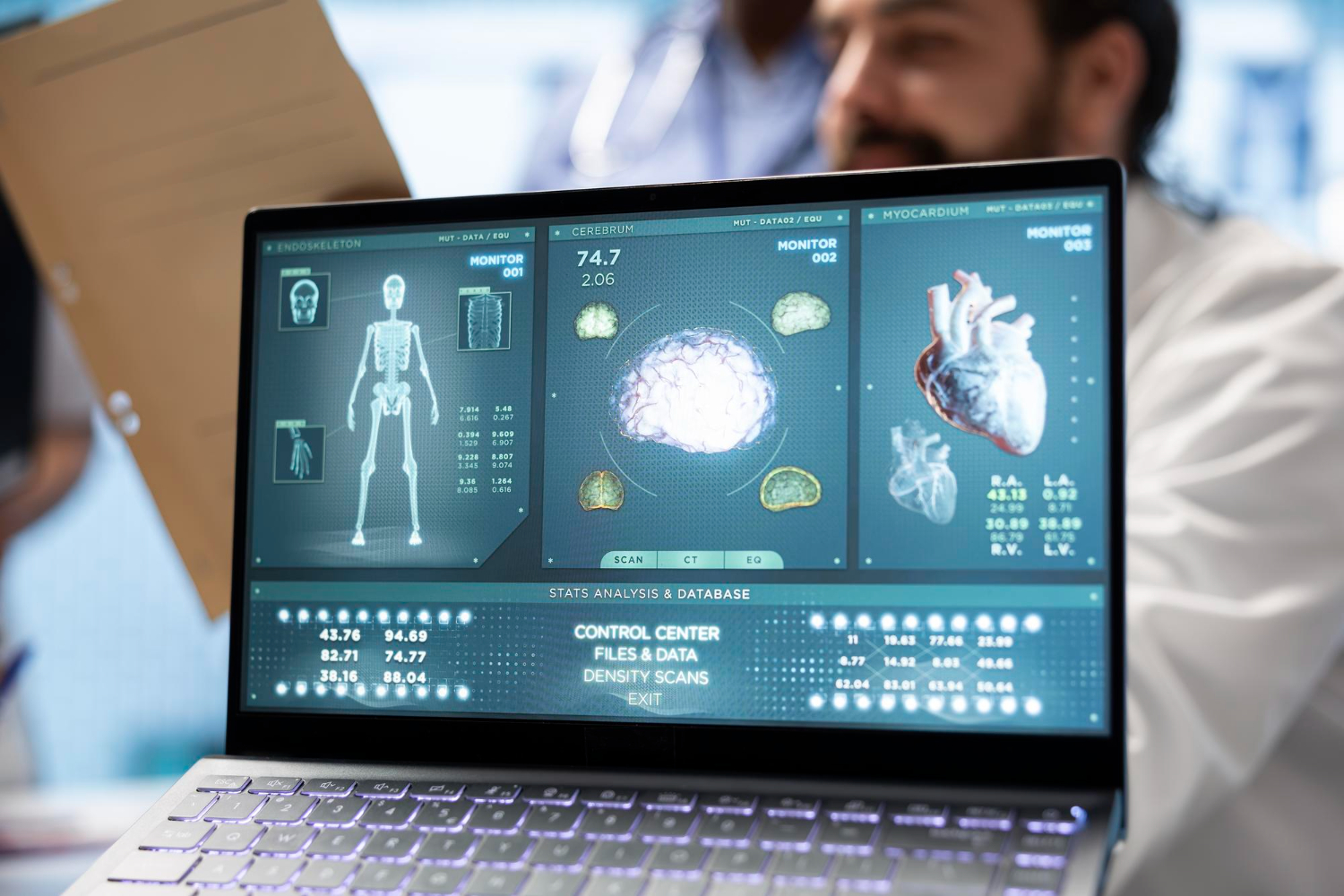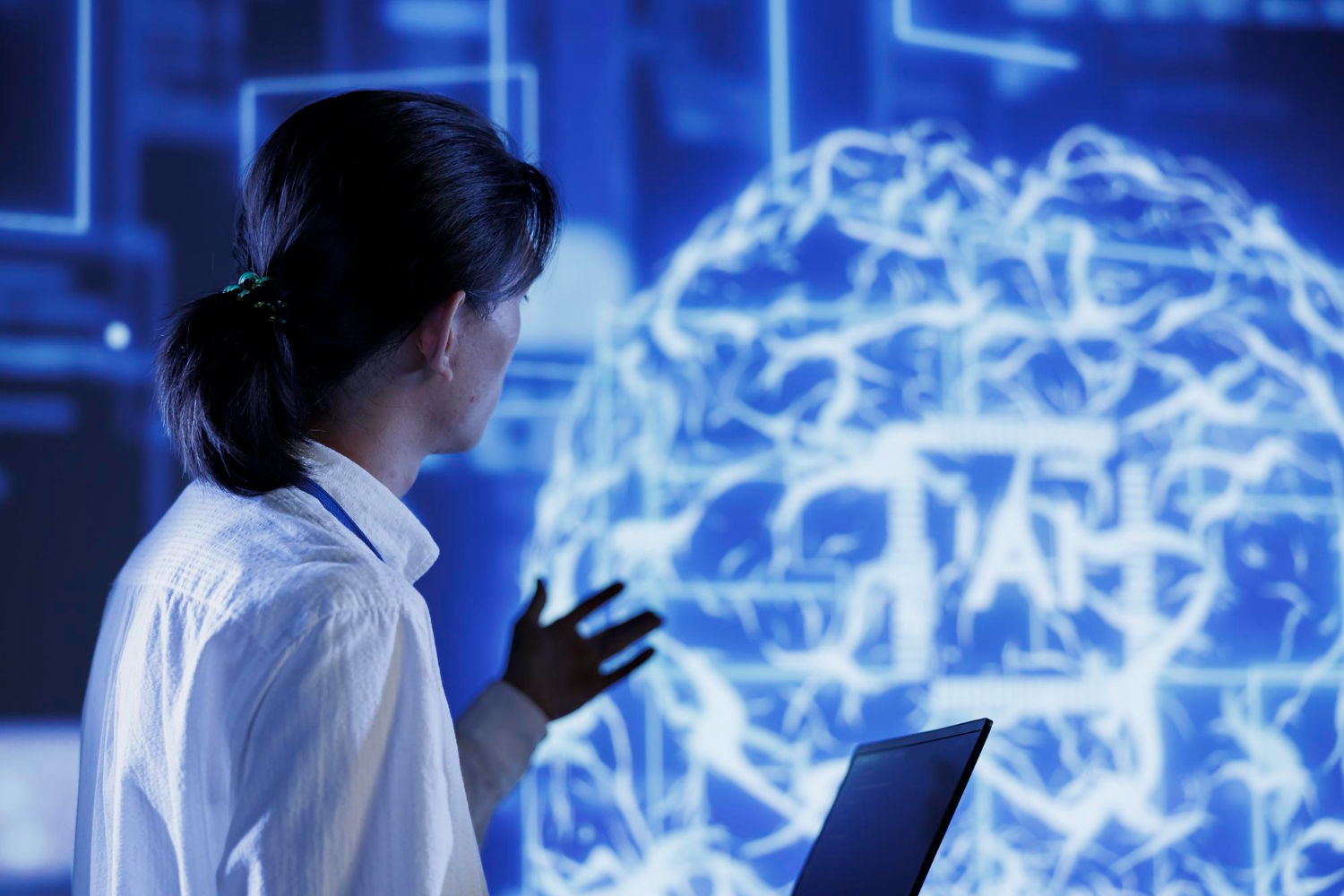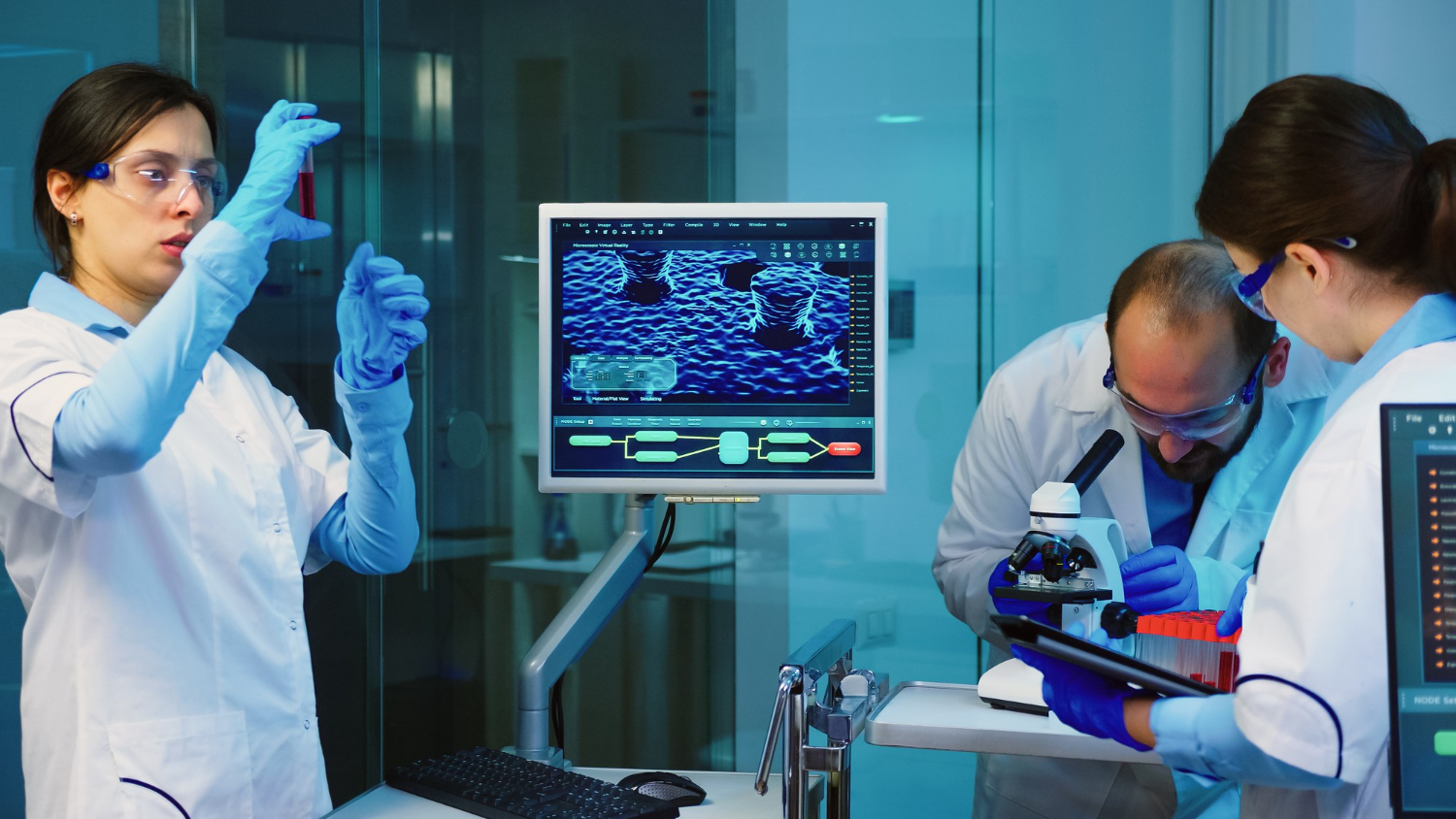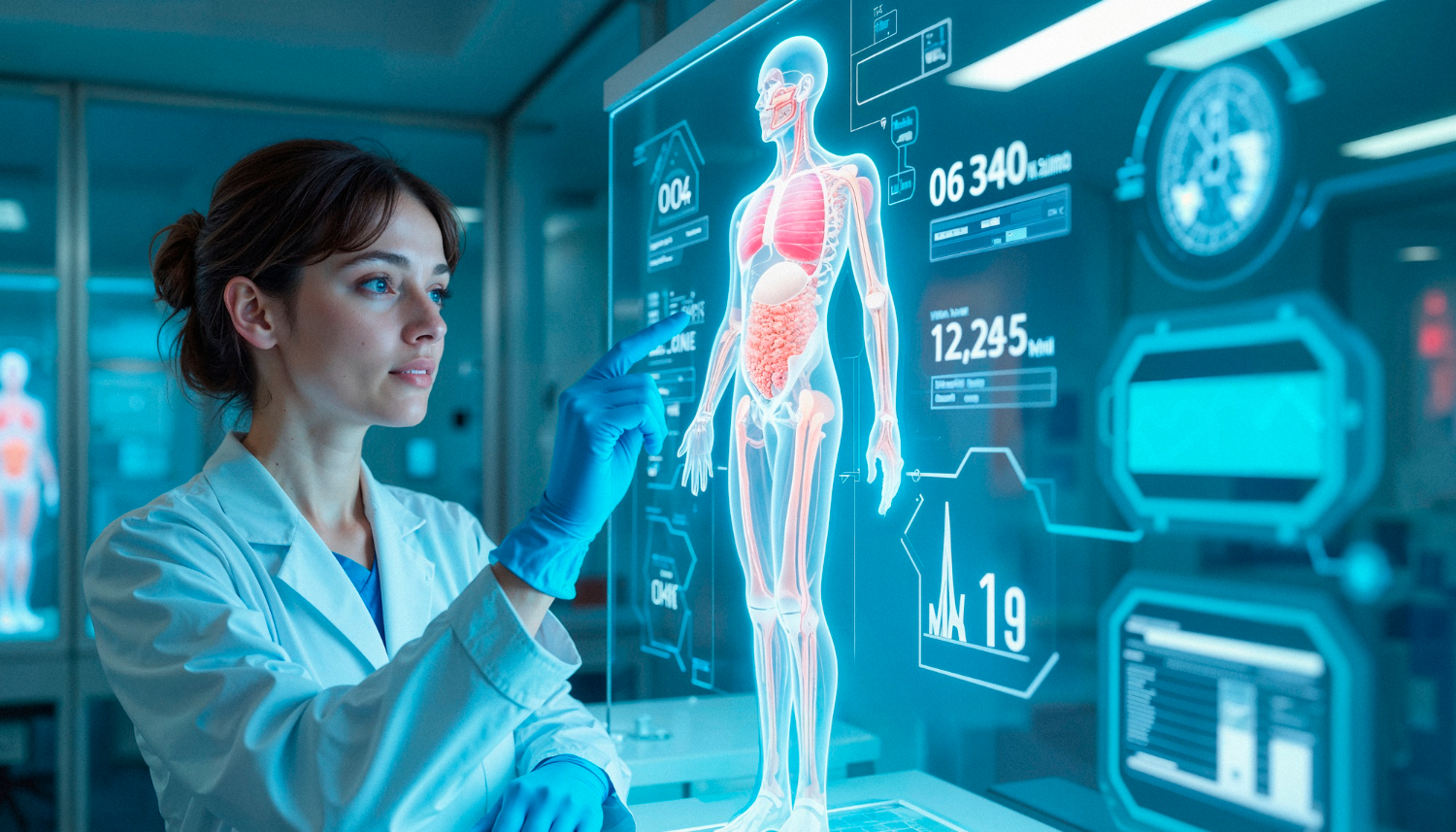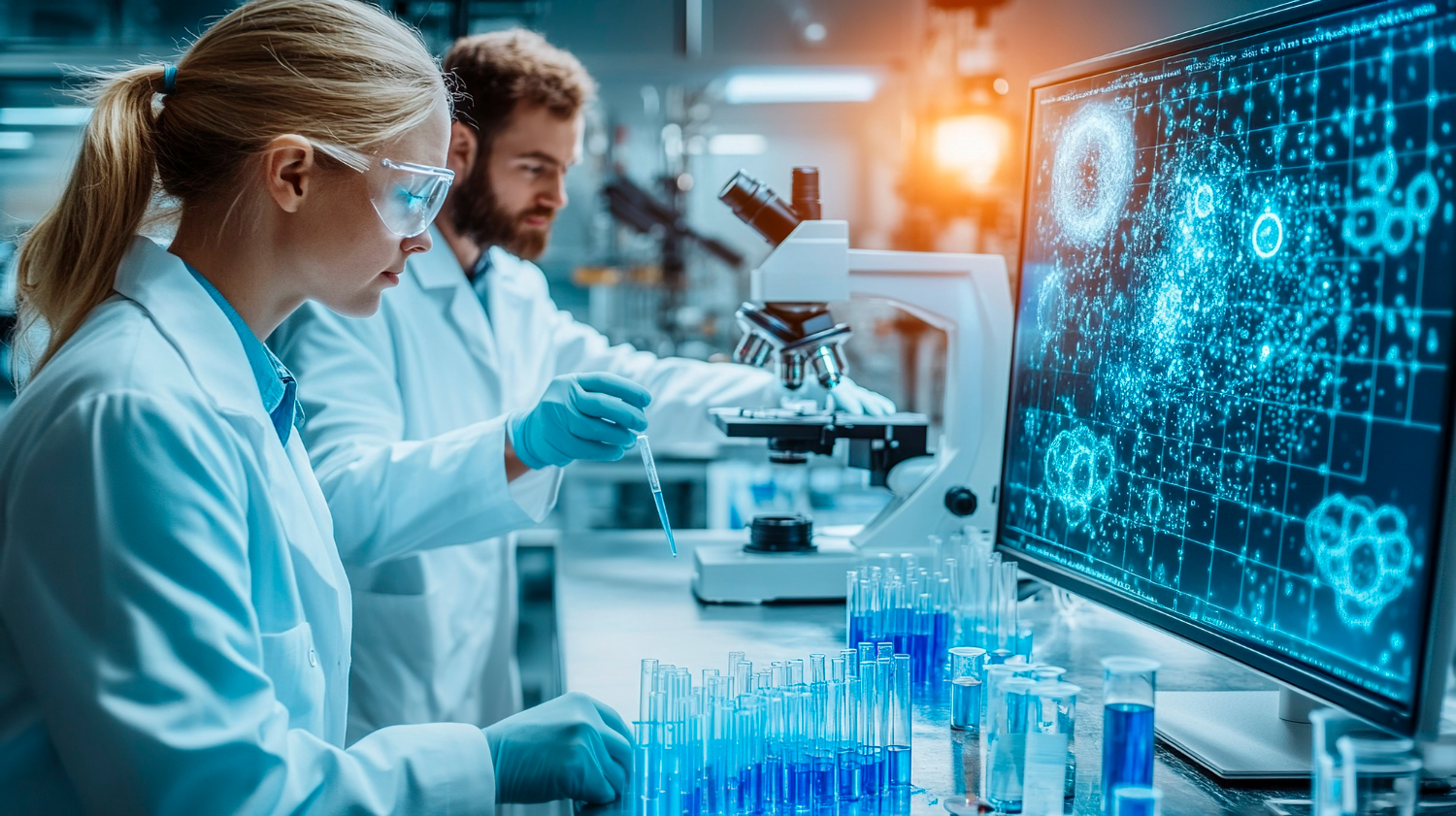What Is Object Detection?
Object detection is a computer vision technique that identifies and locates different types of objects in an image or video. Unlike image classification, which only assigns labels, this method goes further by predicting bounding boxes around objects. It plays a crucial role in various industries, including video surveillance and analysing medical images.
How the Detection Process Works
Object identification relies on computer vision techniques and image processing to detect and classify objects. The process includes:
-
Processing the Input Image – The system enhances image quality to improve recognition accuracy.
-
Feature Extraction – Important details such as shape, texture, and colour help models recognise objects.
-
Applying Object Detection Algorithms – Various methods process features to identify objects accurately.
-
Predicting Bounding Boxes – The system outlines detected objects with precise boxes.
Models Used for Object Identification
There are two main types of models for object detection:
-
Single-Stage Detectors – These systems make predictions in one step. They are faster and useful for real-time object detection. Examples include YOLO (You Only Look Once) and SSD (Single Shot MultiBox Detector).
-
Two-Stage Detectors – These systems first suggest object locations and then refine their predictions. Fast R-CNN is a common example.
Common Object Detection Algorithms
Different object detection algorithms serve specific purposes. Some focus on speed, while others prioritise accuracy.
-
Fast R-CNN – Extracts important features from images and refines detected object locations.
-
YOLO – Splits an input image into grids and predicts objects in a single step.
-
SSD – Uses multiple feature maps to improve recognition precision.
-
Mask R-CNN – Adds image segmentation, making it ideal for detailed object detection.
The Importance of Convolutional Neural Networks (CNNs)
Most object detection methods rely on convolutional neural networks (CNNs). These networks extract important details from an image and improve accuracy. CNNs play a vital role in making real-time object detection more effective and reliable.
Real-World Applications
Object identification is used in different industries:
-
Video Surveillance – Detects people, vehicles, and unusual activity in security systems.
-
Medical Images – Helps doctors detect diseases, tumours, and abnormalities.
-
Self-Driving Vehicles – Identifies road signs, pedestrians, and obstacles to ensure safe driving.
-
Retail Analytics – Monitors customer movements and reduces theft risk.
Read more: Augmented Reality in Cars: AR in the Automotive Industry
Choosing the Best Model
The right model depends on specific needs. If speed is a priority, single-stage detectors like YOLO work well. If high accuracy is essential, two-stage detectors such as Fast R-CNN perform better. When working with medical images, models with image segmentation like Mask R-CNN provide more detailed results.
Challenges in Object Identification
Despite advancements, object recognition faces some challenges. These include:
-
Occlusion – Objects may be partially hidden behind other objects, making detection difficult.
-
Lighting Conditions – Variations in brightness and shadows can impact accuracy.
-
Scale Variations – Objects may appear in different sizes depending on their distance from the camera.
-
Background Clutter – Complex backgrounds can make it harder to distinguish objects.
-
Real-Time Processing – Some applications, like autonomous driving, require instant decisions.
Researchers continue to improve models to overcome these issues and enhance accuracy.
Read more: AI: The Bright Spark Behind Smart Lighting Solutions
Enhancing Accuracy in Detection Models
Improving object recognition involves optimising both models and training methods. Here are some ways to increase accuracy:
1. Data Augmentation
Increasing the variety of training images helps models generalise better. Common techniques include:
-
Flipping and Rotation – Changing orientations improves recognition under different angles.
-
Cropping and Scaling – Helps models handle objects at various sizes and positions.
-
Colour Adjustments – Changing brightness and contrast improves performance under different lighting conditions.
2. Transfer Learning
Pre-trained models save time and improve performance. You don’t have to start from the beginning. You can adjust a model that someone has already trained on big datasets, such as ImageNet.
This can help you with specific tasks. This approach proves useful in applications like medical images, where researchers have limited annotated data.
3. Using Advanced Architectures
Newer architectures improve accuracy and efficiency. Some of the latest advancements include:
-
Vision Transformers (ViTs) – A deep learning model that processes images as patches rather than traditional CNNs.
-
Hybrid CNN-ViT Models – Combining CNNs with transformer-based architectures enhances feature extraction.
-
Edge AI Models – Designed for low-power devices, making real-time object detection more efficient on mobile and embedded systems.
Real-Time Applications of Object Identification
With advancements in artificial intelligence and machine learning, real-time detection has become an essential tool in many industries. Below are some areas where it is making a significant impact:
1. Smart Cities
-
Traffic Monitoring – Detecting vehicles, monitoring congestion, and managing traffic flow.
-
Public Safety – Identifying security threats in crowded areas and improving emergency response.
2. Industrial Automation
- Quality Control – Identifying defects in manufacturing lines using automated inspection.
Read more: Computer Vision for Quality Control in Manufacturing
- Robotic Assistance – Robots equipped with object recognition capabilities improve warehouse automation and logistics.
Read more: Computer Vision, Robotics, and Autonomous Systems
3. Augmented Reality (AR) and Virtual Reality (VR)
- Gaming – Recognising real-world objects for better AR integration.
Read more: Level Up Your Gaming Experience with AI and AR/VR
- Retail – Allowing customers to try products virtually through object identification.
Read more: How Computer Vision Transforms the Retail Industry
4. Agriculture
-
Crop Monitoring – Detecting plant diseases and optimising resource allocation.
-
Livestock Management – Identifying and tracking animals for health monitoring.
Read more: How is Computer Vision Helpful in Agriculture?
Ethical Considerations in Object Identification
As object recognition technology becomes more advanced, ethical concerns must be addressed. Key issues include:
1. Privacy Concerns
-
Surveillance Risks – The widespread use of cameras and AI-powered detection raises concerns about mass surveillance and data misuse.
-
Data protection involves storing and processing collected data securely to prevent unauthorized access.
2. Bias in AI Models
-
Training Data Issues – Models trained on biased datasets may produce inaccurate or discriminatory results.
-
Fair Representation – Ensuring diversity in training data to improve accuracy across different demographic groups.
3. Responsible AI Usage
-
Transparency – Clearly defining how AI-powered detection systems operate and make decisions.
-
Regulatory Compliance – Adhering to legal frameworks and ethical guidelines to ensure responsible deployment.
It is important to address these ethical challenges. This helps build trust and ensures that object recognition helps society. We must do this without violating rights or freedoms.
Future Trends in Object Recognition
The field continues to grow with emerging trends:
-
3D Object Detection – Moving beyond 2D bounding boxes to improve depth perception.
-
Self-Supervised Learning – Reducing the need for large labelled datasets.
-
Multi-Modal AI – Combining text, speech, and vision for more advanced applications.
-
Quantum Computing – Future advancements could enhance complex detections at unprecedented speeds.
Read more: 3D Visualisation Just Became Smarter with AI
As these technologies evolve, the accuracy and speed of detection models will continue to improve, making them even more reliable in real-world applications.
How TechnoLynx Can Help
TechnoLynx specialises in creating models for object detection tailored to your needs. Whether you require real-time object detection for video surveillance or precise detection in medical images, we provide custom solutions. Our team focuses on feature extraction, image segmentation, and deep learning to deliver reliable results. Contact us to discuss your requirements today!
Continue reading: The Impact of Computer Vision on Real-Time Face Detection
Image credits: Freepik

